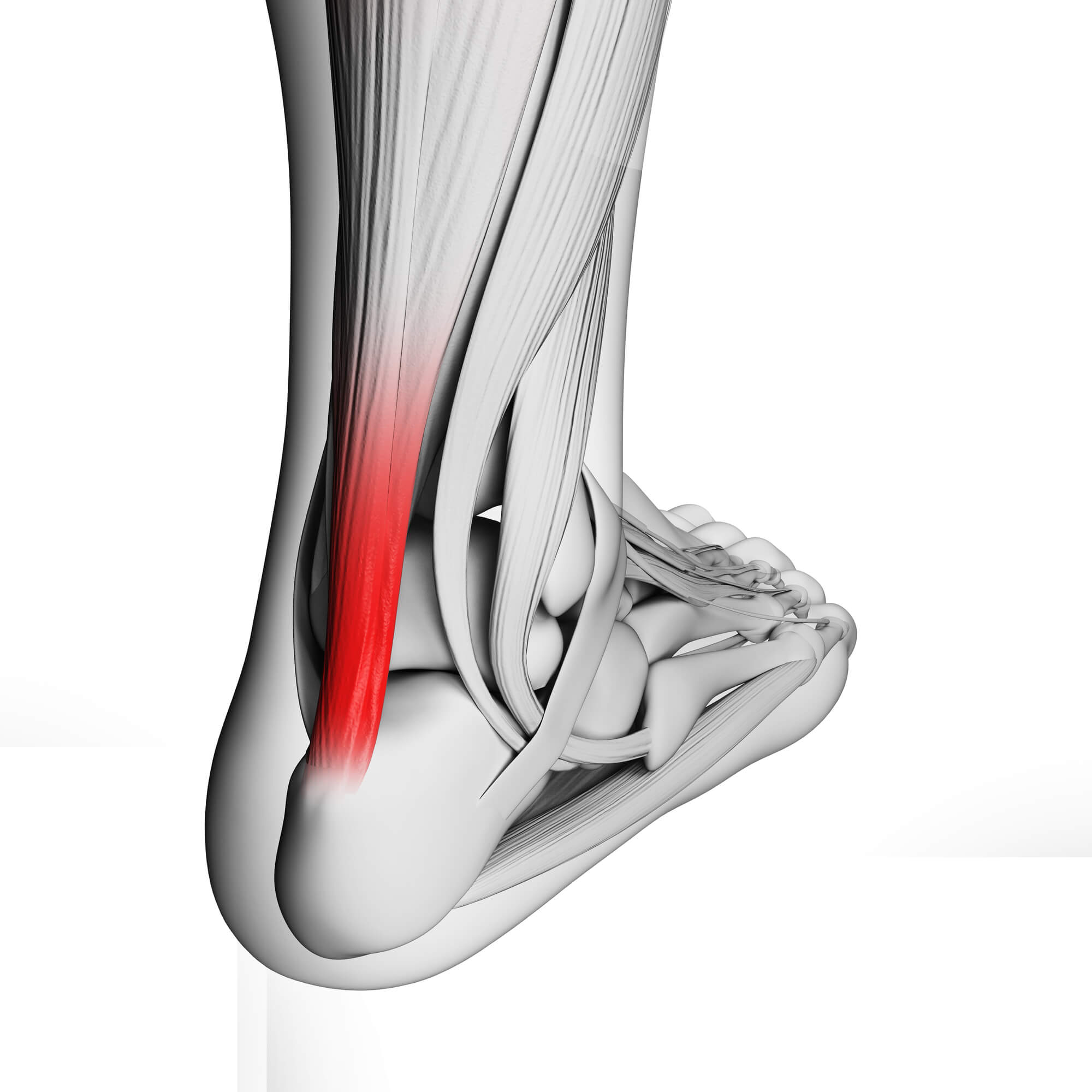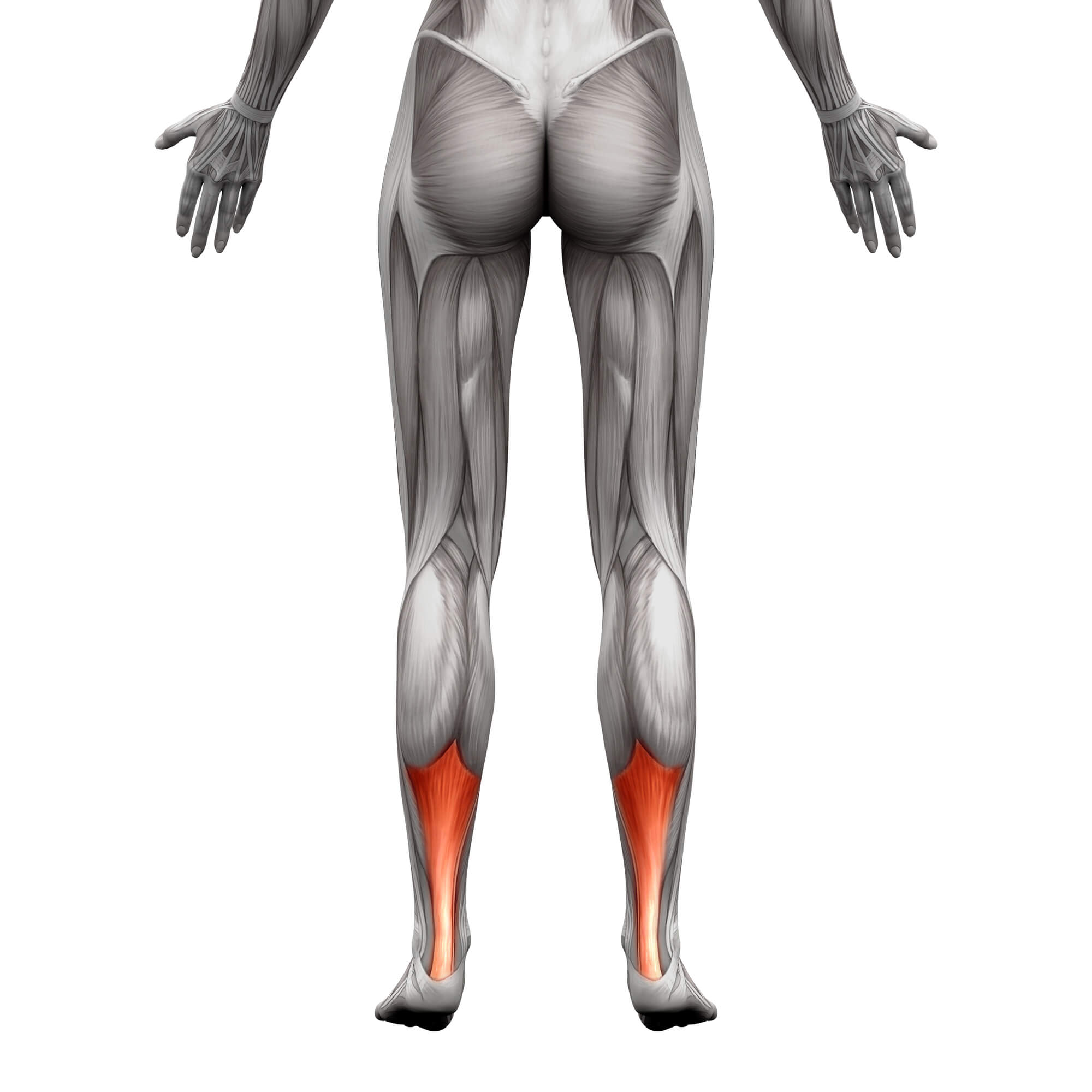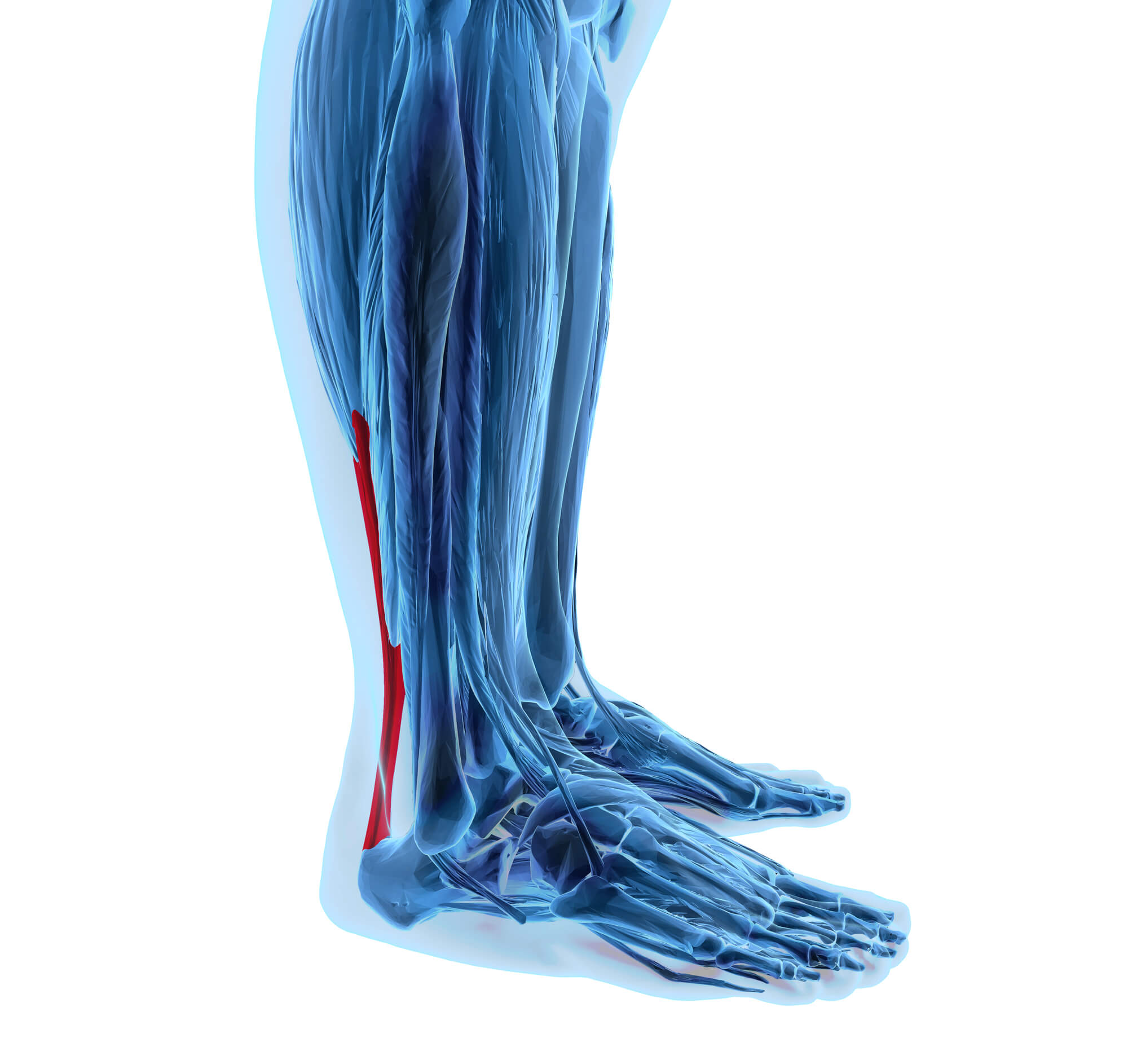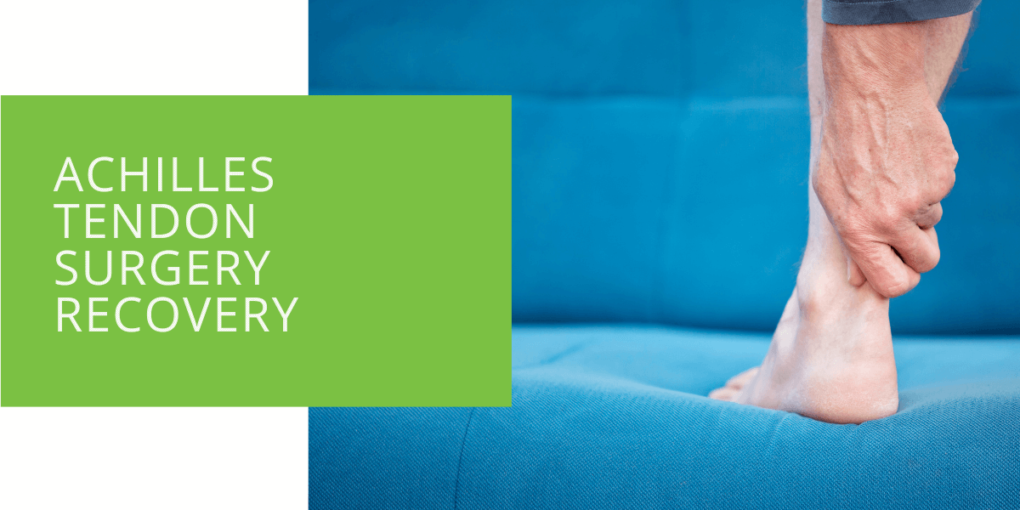Achilles Tendon Surgery Recovery
The Achilles tendon is the largest and strongest tendon in your body, connecting your heel bone to your calf muscles. Despite its strength, the Achilles tendon can be prone to injury and rupture, especially in active individuals. If you've suffered an Achilles tendon rupture or injury, your podiatrist or foot and ankle surgeon may recommend surgery to repair the tendon.
Achilles tendon surgery is a complex procedure requiring careful attention and monitoring during recovery. Here's what you can expect during your Achilles tendon surgery recovery.
The Recovery Process
Immediately After Surgery
Immediately after your Achilles tendon surgery, you'll be monitored in the hospital or surgical center to ensure you're stable and recovering well. Your foot will likely be placed in a splint or brace to keep it immobilized and allow the tendon to heal. You may also need crutches or a walking boot to move around safely.
Your surgeon may also prescribe medication to help manage your pain during the initial recovery phase. Over-the-counter pain relievers may be recommended, but your surgeon may also prescribe stronger medications depending on the severity of your pain.
The First Few Weeks
The first few weeks after Achilles tendon surgery can be challenging as you adjust to the splint or brace and begin the healing process. It's essential to follow your surgeon's instructions carefully during this time to ensure that your tendon heals properly.
You'll likely need to keep your foot elevated as much as possible and avoid putting weight on your foot for the first few weeks. Physical therapy may be recommended to help prevent muscle atrophy and maintain the range of motion in your ankle and foot.
You'll also need to be careful when moving around, especially using crutches or a walking boot. Your surgeon or physical therapist can guide how to move around safely and avoid falls or other injuries.

Four to Six Weeks After Surgery
As you transition out of the initial recovery phase, you'll begin to focus on weight-bearing exercises and physical therapy to help strengthen your Achilles tendon and lower leg muscles. Your surgeon or physical therapist may recommend a specific rehabilitation program to help you regain your strength and flexibility.
It's essential to take this phase of your recovery process slowly and carefully, following your doctor's instructions and avoiding any high-impact or high-intensity activities. It may take up to 12 weeks to fully recover from Achilles tendon surgery, and pushing yourself too hard during this time can increase your risk of re-injury or complications.
Long-Term Recovery
Once you've completed the initial recovery phase and have begun to regain strength and flexibility, you'll need to focus on long-term recovery and injury prevention. This may include:
- Continuing to work with your physical therapist to maintain your range of motion and muscle strength
- Wearing a brace or support during physical activity to help prevent re-injury
- Stretching and warming up properly before exercise or physical activity
- Gradually increasing the intensity and duration of your physical activity over time
It's important to follow your surgeon's instructions carefully during the long-term recovery process and to work closely with your podiatrist or foot and ankle surgeon to ensure that you're taking the necessary steps to prevent re-injury or complications.

Tips for Managing Pain and Swelling
Pain and swelling are common after Achilles tendon surgery; managing these symptoms is essential for a smooth recovery. Here are some tips to help you manage pain and swelling during the recovery process:
- Use ice packs or cold compresses to reduce swelling and inflammation. Apply the ice for 20 minutes several times a day.
- Elevate your foot as much as possible to help reduce swelling and improve circulation.
- Take over-the-counter pain medications as recommended by your doctor. Be sure to follow the recommended dosage and avoid taking medications that could interact with other medications you may be taking.
- Talk to your doctor about prescription pain medications if over-the-counter medications are not providing adequate relief.
Physical Therapy for Achilles Tendon Surgery Recovery
Physical therapy is a critical component of Achilles tendon surgery recovery, helping you to regain strength, flexibility, and mobility in your lower leg and ankle. Your physical therapist will work with you to develop a customized rehabilitation plan based on your specific needs and goals. Some techniques that may be used during physical therapy include:
- Range of motion exercises to help maintain flexibility in your ankle and foot.
- Strengthening exercises help rebuild your calf muscles and improve overall lower leg strength.
- Stretching exercises help prevent muscle stiffness and tightness.

Potential Risks and Complications of Achilles Tendon Surgery
While Achilles tendon surgery can be an effective treatment option, there are potential risks and complications associated with the procedure. It's important to be aware of these risks so that you can take steps to prevent them or seek prompt medical attention if they occur. Some potential risks and complications include:
- Infection at the surgical site
- Re-rupture of the Achilles tendon
- Blood clots
- Nerve damage
It's important to follow your doctor's instructions carefully during recovery to help prevent these and other complications. If you experience any increased pain, swelling, or redness at the surgical site, or if you develop a fever or experience other symptoms of complications, it's essential to contact your doctor right away.
Returning to Physical Activity After Achilles Tendon Surgery
After your Achilles tendon surgery, taking the necessary steps to prevent re-injury and safely return to normal activities is important. Here are some tips to help you get back to physical activity after Achilles tendon surgery:
- Work with your physical therapist or healthcare team to develop a safe and effective exercise plan based on your specific needs and goals.
- Start slowly and gradually increase the intensity and duration of your exercise over time.
- Wear supportive shoes or braces during physical activity to help prevent re-injury.
- Be aware of your limitations, and don't push yourself too hard, or too quickly.
By following these tips and working closely with your healthcare team, you can safely and effectively return to your normal activities after Achilles tendon surgery.
Conclusion
Recovering from Achilles tendon surgery can be a challenging process, but with the right care and attention, you can ensure a successful recovery and get back to your normal activities as soon as possible. Working with a qualified podiatrist or foot and ankle surgeon who can provide personalized care and guidance throughout the recovery process is important.
If you're preparing for Achilles tendon surgery or are in the early stages of your recovery process, follow your doctor's instructions carefully and contact your healthcare team with any questions or concerns. With time, patience, and careful attention to your recovery, you can regain your strength and mobility and get back to your active lifestyle.

